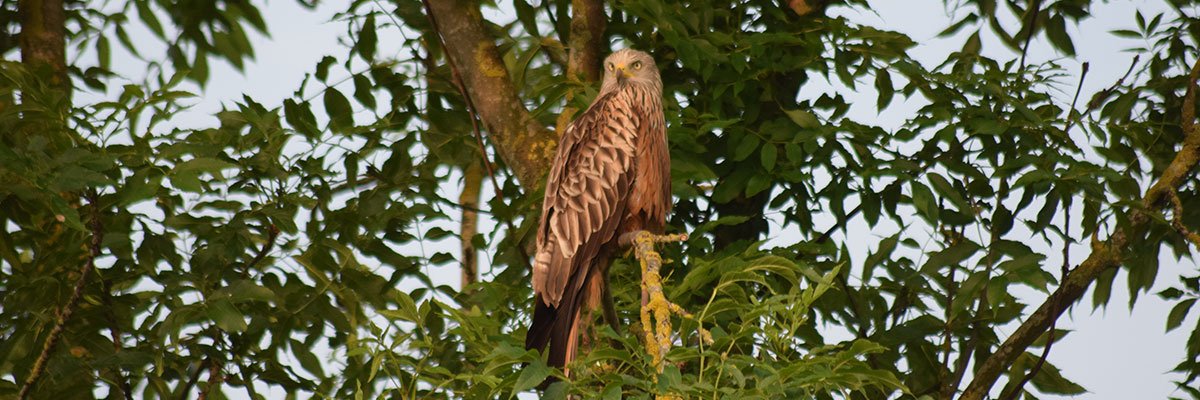
It’s official, summer is over. Big flocks of Rooks are descending on bare fields and Swallows are lining the telephone wires. Leaves are turning, mornings are chillier – it’s undeniably Autumn.
For me, I view Autumn as the start of the year not the beginning of the end. That’s because it is the ideal time to take stock, look at the successes and failures in the garden and plan for next year.
As a wildlife gardener, there is an added, vitally important reason for doing this now. Wildlife gardens have a cycle, slightly different to conventional horticulturally led gardens. Depending on the weather animals and birds start to prospect for nesting and breeding sites from February (if not earlier!). Therefore, as the primary focus of a wildlife garden is to be a habitat for animals and birds, it ideally needs to be ready and settled before this point. Ponds full, planting budding, nest boxes and nest sites need to be ‘part of the furniture’ not ‘unfamiliar’ intruders.
All manner of wildlife can benefit from changes you can make in your garden now.
Garden birds – one obvious way of helping out the birds in your garden is by providing food, particularly over the winter months when food is scarce. Don’t forget to leave out water though as this is vital for your garden visitors and often overlooked. A great way to encourage birds and give you as a gardener a chance to spot them is by installing a nesting box, different boxes are now available to suit specific species and to fit with the style of your garden.

Frogs – due to loss of habitat, British frogs are in serious decline and rely heavily on garden ponds to live and breed. Perhaps consider introducing a pond into your garden which will not only benefit frogs but will provide an ecosystem which will support all the wildlife in your garden. If you already have a pond, pouring hot water on icy ponds in winter will melt the ice, preventing hibernating frogs from suffocating and allowing other animals to drink.
Hedgehogs – one of the most welcomed visitors in the garden but also one of the most vulnerable. Providing feeding stations and hibernation boxes is a great way to support hedgehogs during the winter months. Many designs are available to buy or you can build your own!
So, use November and December to act, allow your garden to settle in January and watch it all happen from February.
New products in the GreenArt shop
We at GreenArt can provide help at any level
From planning a wildlife garden, building hides, constructing ponds and streams, creating paths and planting trees and shrubs.








